For POD sellers, choosing the right printing technology is the key factor to success. Screen printing and digital printing are two prevalent methods frequently weighed against each other. The question then arises: which technology offers the best optimization of cost, print quality, and customer experience? This article aims to clarify the differences, pros, and cons of each method, guiding sellers to make the right choice for their specific stage of business.
Understanding Screen Printing
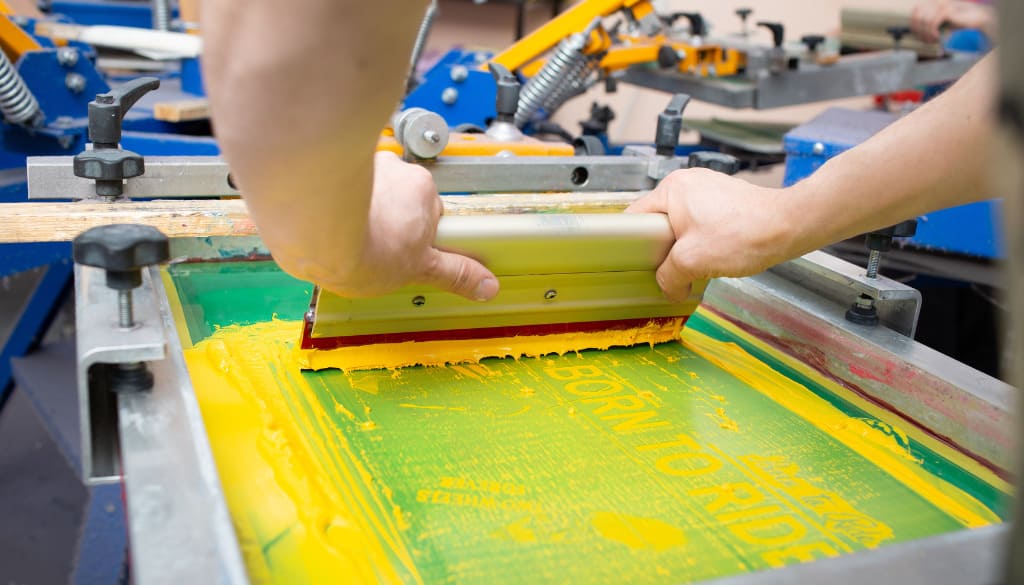
1. What is Screen Printing?
Screen printing, also known as mesh printing, is a traditional printing technique that uses a mesh stencil (screen) to transfer ink onto a surface, typically fabric, paper, or metal. Each color in the design requires a separate mesh screen, and ink is pushed through the stencil using a rubber squeegee to create the image or text. This method has been in use for centuries and is still widely applied in the printing industry, particularly for common POD products.
2. Screen Printing Process
The screen printing process consists of the following basic steps:
- Design Preparation: The artwork is separated into individual color layers, each corresponding to a different mesh screen.
- Screen Creation: The mesh screen is coated with a light-sensitive emulsion. The design film is then placed on the screen and exposed to light to develop the print pattern.
- Ink Mixing: Ink is selected based on the material being used (for example, water-based ink for cotton or plastisol ink for greater durability).
- Printing: Ink is poured onto the screen, and a squeegee is used to press the ink through the open areas of the mesh onto the material.
- Drying and Finishing: The printed item is heat-cured to set the ink and then goes through a quality inspection before packaging.
- Screen Cleaning: The mesh screen is cleaned for reuse in future print runs.
3. The Advantages of Screen Printing
- High Durability: Screen printing ink adheres firmly to fabric and is resistant to fading after multiple washes. This makes it ideal for fashion products such as T-shirts and hoodies.
- Lower Cost for Bulk Orders: When printing in large quantities (over 100 items), the per-unit cost is significantly reduced due to the reuse of screens.
- Vivid, Bold Colors: Screen printing delivers bright, saturated colors, especially on dark-colored fabrics.
- Material Versatility: This method can be applied to a wide range of surfaces, including cotton, polyester, wood, metal, and glass.
4. The Disadvantages of Screen Printing
- High Initial Costs: Creating individual screens for each color is time-consuming and expensive, making this method unsuitable for small orders.
- Limited in Handling Complex Designs: Screen printing struggles with multi-color or gradient designs.
- Longer Production Time: The preparation of screens and ink mixing requires significant time and is not ideal for fast turnaround orders.
- Difficult to Modify: Once a screen is created, any design changes will incur additional cost and setup time.
5. Applications of Screen Printing in POD
Screen printing is typically used by POD sellers for products that require large print runs with simple designs. For example, uniform T-shirts, tote bags, or hoodies with brand logos are normally printed with this printing technique. This method is well-suited for long-term marketing campaigns or products with stable and predictable demand.
Understanding Digital Printing
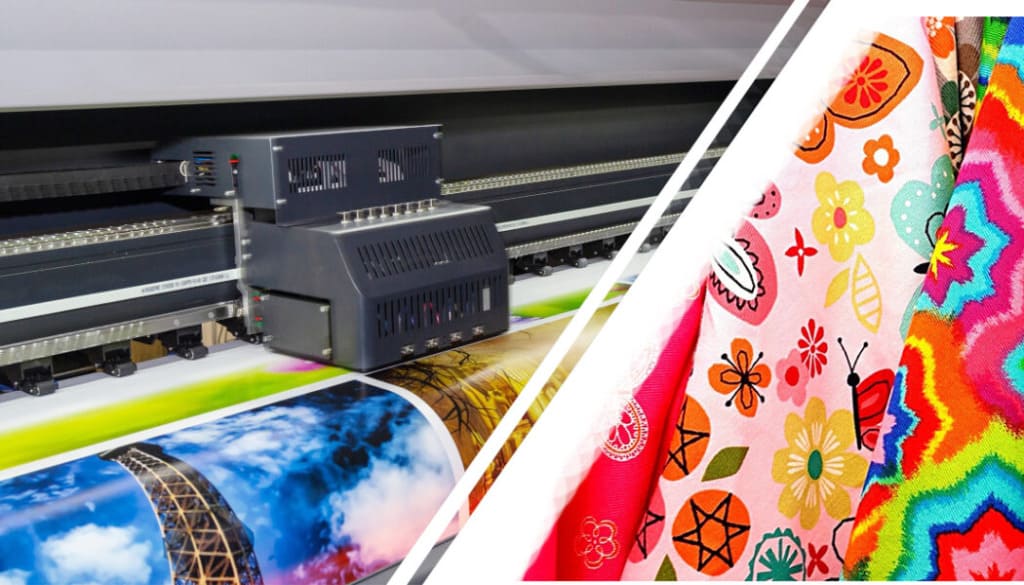
1. What is Digital Printing?
Digital printing, specifically Direct to garment (DTG) printing, is a modern printing method using inkjet technology to apply ink directly onto the surface of fabric or other materials. This process is similar to office inkjet printing but is optimized for industrial use, especially on cotton fabrics or materials with a high cotton content.
2. Digital Printing Process
The digital printing process is simpler compared to screen printing and generally includes the following steps:
- Design Preparation: The high-resolution design file (in formats such as PDF, AI, or PSD) is uploaded to the printer’s control software.
- Fabric Pre-treatment: The fabric is pre-treated with a special chemical solution to improve ink adhesion, especially for dark-colored garments.
- Printing: The printer sprays ink directly onto the fabric according to the digital design, without the need for screens or stencils.
- Curing: The printed fabric is heat-pressed or dried to fix the ink permanently.
- Quality Check and Packaging: The final product is inspected for quality before packaging and shipment.
3. The Advantages of Digital Printing
- Flexibility for Small Quantities: Digital printing is ideal for individual or low-volume orders, making it perfect for the POD model and personalized products.
- Fast Production Time: No screen preparation is required, allowing the print process to begin immediately after the design is uploaded.
- Support for Complex Designs: This method can reproduce multi-colored artwork, gradients, and high-resolution images with great accuracy.
- Environmentally Friendly: Digital printing typically uses water-based inks, resulting in less chemical waste compared to screen printing.
- Easy to Edit: Designs can be changed directly on a computer without the need to create new screens or plates.
4. The Disadvantages of Digital Printing
- Higher Cost for Large Volumes: The cost per unit does not decrease significantly with volume, making digital printing less cost-effective than screen printing for large orders.
- Material Limitations: Digital printing works best on cotton or cotton-rich fabrics. Printing on polyester or blended fabrics may not yield optimal results.
- Lower Color Durability: The print may fade more quickly than screen printing if not properly heat-set or if subjected to aggressive washing.
- High Equipment Costs: DTG printers are expensive to purchase and require ongoing maintenance to operate effectively.
5. Applications of Digital Printing in POD
Digital printing is the preferred method for POD sellers who focus on personalized or custom-designed products, such as T-shirts, hoodies, or tote bags. It is especially suitable for short-run campaigns, product testing, or small-batch orders sold on platforms like Etsy, Amazon, or TikTokShop…
Screen Printing vs Digital Printing: Key Differences
To help POD sellers make informed decisions, the table below provides a side-by-side comparison of screen printing and digital printing across key factors.
| Criteria | Screen Printing | Digital Printing |
| Print Volume | Suitable for large quantities (over 100 units) | Ideal for small or individual orders |
| Cost | Lower per-unit cost for bulk; higher initial setup cost | Higher per-unit cost for large runs; no setup cost |
| Production Time | Slower due to screen preparation | Faster, direct printing from a digital file |
| Design Compatibility | Best for simple, limited-color designs | Suitable for complex, full-color, or gradient artwork |
| Color Durability | High; resistant to fading after repeated washing | Medium; may fade faster if improperly cured or harshly washed |
| Material Compatibility | Works on a wide range (fabric, paper, wood, metal) | Performs best on cotton or high-cotton fabrics |
| Environmental Impact | Uses more chemicals; produces more waste | More eco-friendly; uses water-based inks and generates less waste |
| Editability | Difficult; requires new screens for each design change | Easy; edits can be made instantly on the software |
Detailed Comparison and Analysis
- Print Volume and Cost: Screen printing is cost-effective for large production runs since the screen creation cost is distributed across many units. In contrast, digital printing is ideal for POD sellers testing new products or fulfilling personalized orders without a heavy upfront investment.
- Production Time: For time-sensitive campaigns, such as viral products on TikTokShop, digital printing offers a significant advantage due to its minimal setup requirements.
- Design Quality: If your product features complex artwork or photographic imagery, digital printing provides superior results. Screen printing is more suited to logos and solid-color graphics.
- Durability and Materials: Screen printing provides long-lasting prints, especially on polyester or blended fabrics. Digital printing requires cotton-rich materials to perform optimally.
- Environmental Impact: Digital printing is more environmentally responsible, aligning with the growing demand for sustainable production in the POD market.
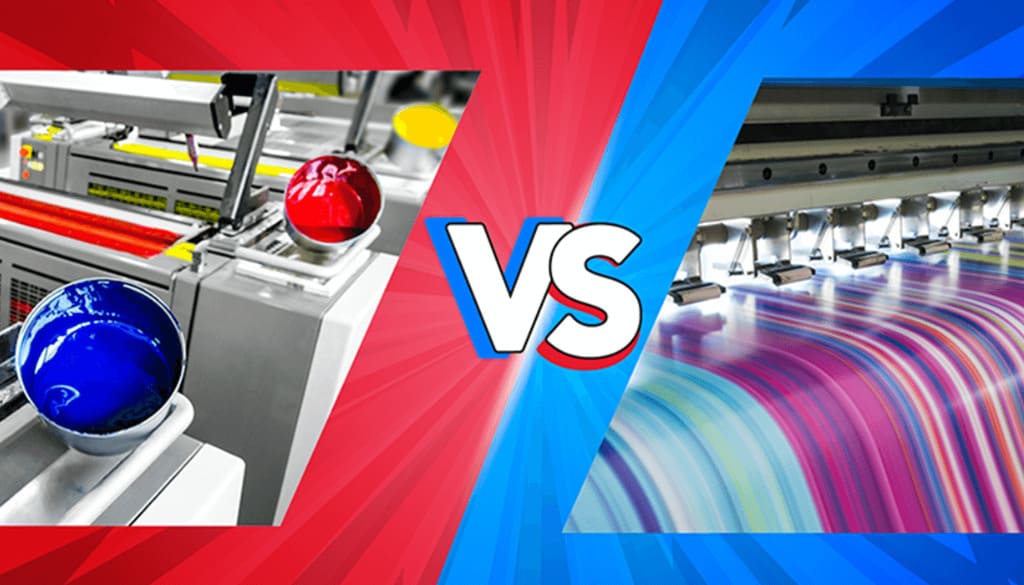
Expert Advice on Choosing Screen Printing vs Digital Printing
Choosing between screen printing and digital printing depends on the specific needs of a POD seller. Key considerations include order volume, product type, budget, and target audience. Below are common scenarios with corresponding recommendations.
1. When to Choose Screen Printing
- Large-volume production: If you receive bulk orders (over 100 units) or run long-term campaigns with fixed designs, screen printing will offer significant cost savings.
- Products requiring high durability: Screen printing is ideal for items such as uniform T-shirts, tote bags, or hoodies that are designed for extended use, due to its superior colorfastness.
- Simple designs: If your products use limited colors (typically 1–4) and do not involve intricate details, screen printing is the most cost-effective solution.
- Tight budgets: For new POD sellers aiming to reduce production costs on large orders, screen printing presents an economical option.
2. When to Choose Digital Printing
- Single or small-batch orders: If you sell on platforms such as Etsy or TikTokShop, where customers often request personalized items, digital printing is the most practical choice.
- Complex designs: Digital printing is better suited for designs with detailed images, multiple colors, or gradient effects that cannot be effectively reproduced with screen printing.
- Fast turnaround times: Digital printing is ideal for campaigns that require delivery within 1–2 days, especially for trending products going viral on social media.
- Product testing: If you want to test a new design but are unsure of market demand, digital printing minimizes upfront investment and financial risk.
3. A Smart Strategy: Combine Both Methods
A wise approach is not to choose one over the other, but to leverage the strengths of both. Here is how sellers can combine both technologies effectively:
- Use both methods strategically: Apply screen printing for high-demand products and bulk orders, while reserving digital printing for personalized or experimental designs.
- Select the right fabric for each method: Ensure your fabric choice matches the printing method. For instance, use cotton fabrics for digital printing and polyester blends for screen printing when durability is a priority.
- Optimize design by printing method: Simple, limited-color designs reduce costs when screen printed. Detailed, colorful artwork is better suited to digital printing.
- Partner with a trusted provider: FlashShip offers fast digital printing technology with production times starting from just one day and delivery within two days. We ensure sharp, accurate prints to help you avoid issues like misprints or poor customer reviews.
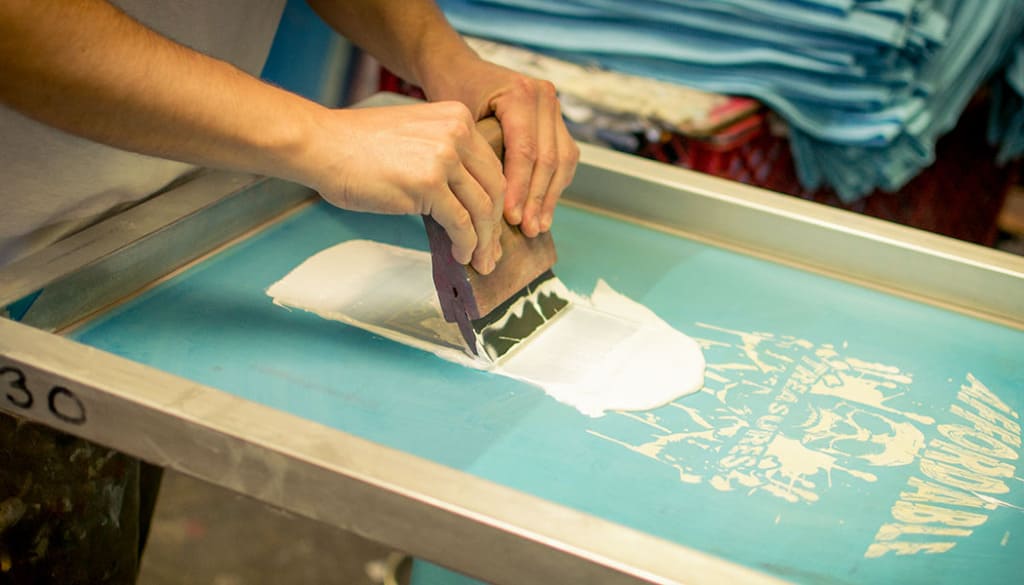
Both screen printing and digital printing offer unique advantages. Neither technology is universally superior. Screen printing is best for POD sellers who prioritize large-scale production, cost efficiency, and durability. Digital printing, on the other hand, is ideal for small-batch orders, complex designs, and fast fulfillment needs.
As a POD seller, you should evaluate your business scale, product characteristics, and customer expectations to choose the most suitable printing approach.
Let FlashShip be your trusted partner on your journey to conquer the POD market. With advanced printing technology, optimized production processes, and dedicated customer support, we help you create high-quality products that exceed customer expectations.
Visit seller.flashship.net or call our hotline (+84) 852 763 445 to receive expert consultation and start building your POD brand today.
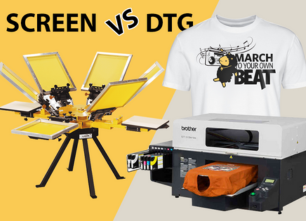
Leave a Reply